The French Baguette
The French baguette in 2022 achieved UNSECO world heritage status as a cultural icon. Odyssey offers a range of tours into France and has a collection of Articles to learn more about this leading European country. An Antipodean travel company serving World Travellers since 1983 with small group educational tours for senior couples and mature solo travellers.
10 Jan 23 · 9 mins read
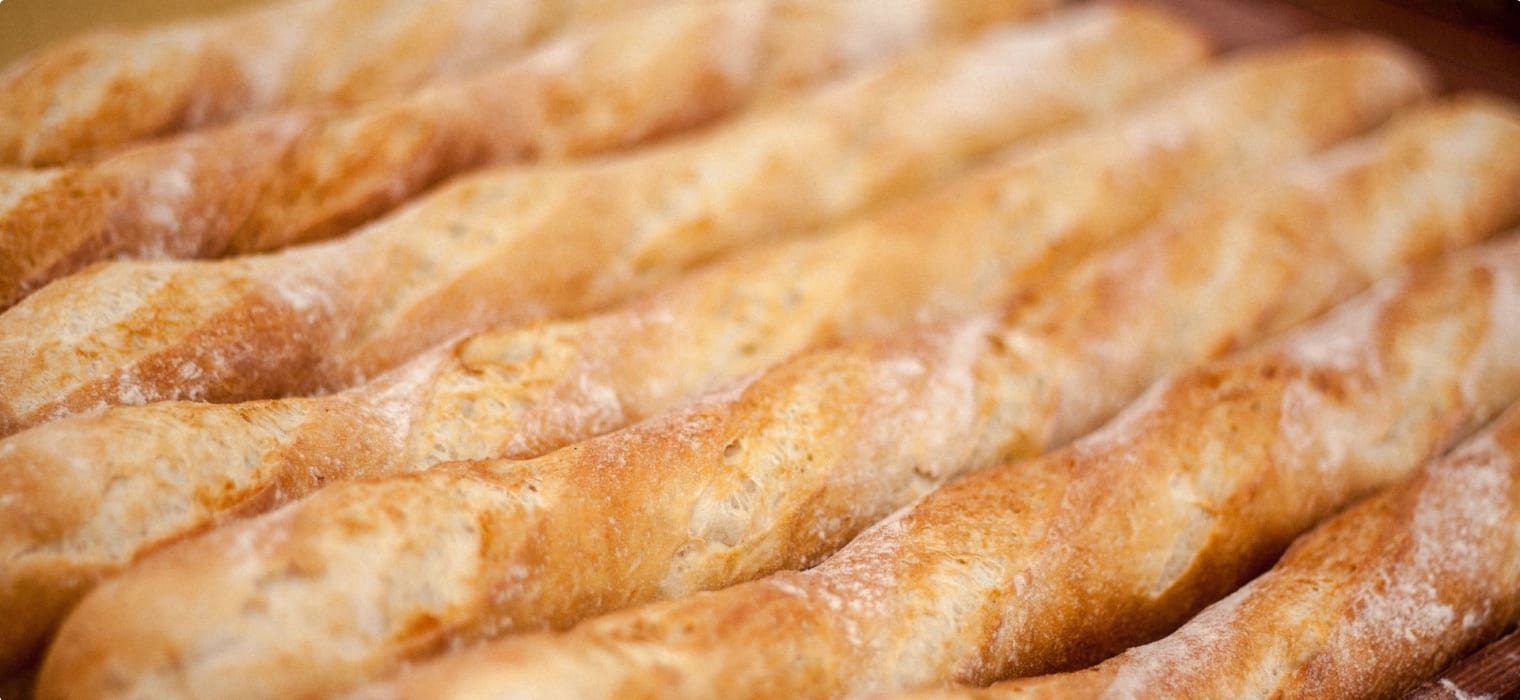
The French Baguette
It doesn’t get more quintessentially French than the baguette. For centuries, the long, thin, crusty loaf – made with just flour, water, salt, and yeast – has stood at the core of French culture, an essential part of the national identity. Each day it is carried home by millions, with around 10 billion sold each year in France, all for the average price of about 1 euro. It’s so important that the United Nations has recently officially classified it as an integral part of humanity’s cultural heritage!
So, what exactly makes the baguette so special? To answer this question, this article explores the French bread’s nature, history, practices around serving and eating, UNESCO cultural listing, and efforts to maintain the sacred tradition against modern threats. The article is intended as background reading for Odyssey Traveller’s small group tours to France for mature and senior travellers. On numerous tours we explore France’s fairy-tale natural beauty, its ancient Roman and Imperial heritage, its World Heritage Sites, world famous cities, and of course its culinary delights, all with some truly spectacular scenery along the way.

What is a Baguette?
The baguette is a long, thin type of bread made with only four ingredients: flour, water, salt, and yeast. Bakers use specific knowledge and techniques to prepare baguettes, baked throughout the day in small batches (to be eaten fresh), with outcomes varying according to temperature and humidity. Typically, the baguette is about 5-6cm in diameter, 55-65 cm long, and weighs about 250 grams.
Special knives are used to score the baguette’s surface to create a trademark golden colour. The crumb inside, meanwhile, is a cream colour rather than white. The base is smooth, the loaf stays straight when held up, and its crust is always crispy. Out of the oven, the baguette gives of a fragrance which has a touch of sweetness mixed with a yeasty, slightly toasty smell. Its taste is nutty, buttery, sweet, and savoury.
Although the ingredients are always the same, the shape and crust can be changed to create several different types of baguettes. There is the classic baguette, characterised by its thick crust; the traditional baguette, with a crispier crust and airier crumb; the string baguette, which is thinner, shorter, and hence crunchier than others; the flute baguette, a larger version of the classic, weighing approximately 400 grams; and a smaller variety known as the déjeunette. You can also order a demi-baguette (half a baguette). For those who prefer not to eat white bread, there are also varieties made of wholemeal bread, rye bread, sourdough bread, gluten-free bread, and even a sweet baguette approximating the texture of the brioche. Crusts can also be made from poppy seeds or cereals.
History of the Baguette
No one knows exactly how the baguette originated – but there are many urban legends. Some say Napoleon ordered his bakers to create the bread as a lighter and more portable alternative for his soldiers to carry. Another story goes that it was created during the construction of the Paris metro with a consistency that could be easily ripped with hands. In this way, knives could be forbidden underground, thereby preventing deadly knife fights that had become common between workers.
One legend even attributes the baguette not to a Frenchmen but to an Austrian! The Vienna-born baker August Zang is said to have invented the baguette in 1839 following the arrival of the steam oven and with the use of a new Austrian yeast before then importing it to France.
In reality, it’s much more likely that the bread developed gradually over time. Already in the 1600s, during the reign of Louis XIV, French bakers were producing elongated, wide loaves. Long, thin ones then emerged in the mid-18th century, and by the 19th century some were far longer than today’s baguette – reaching up to six feet long!
The baguette that we know today, however, was not officially named until 1920. It was then that a law was passed restricting bakers from starting work before 10am. The long, thin banquettes thus became popular as they could be made more quickly, requiring less time to rise as traditional bread – just in time for breakfast!
At first the baguette was considered a bread for better-off Parisians who could afford to spend on a product that went stale quickly, and peasants stuck to their heavy, round miche that could last a week. Nevertheless, by the end of the Second World War II, it had been embraced as a staple in the French countryside too.
Since then, the French have held an annual competition called Le Grand Prix de la Baguette outside the Notre-Dame cathedral in Paris to determine the country’s best baguette creator. The winner out of nearly 200 competitors is granted a yearlong contract to serve France’s president their daily bread.
The quality of the baguette has been enshrined in law since 1993. Le Décret Pain (The Bread Decree) mandates that traditional baguettes can only be made with wheat flour, water, salt, and yeast, and that they have to be made on the premises where they are sold. They are also forbidden to be frozen at any stage or contain additives or preservatives.
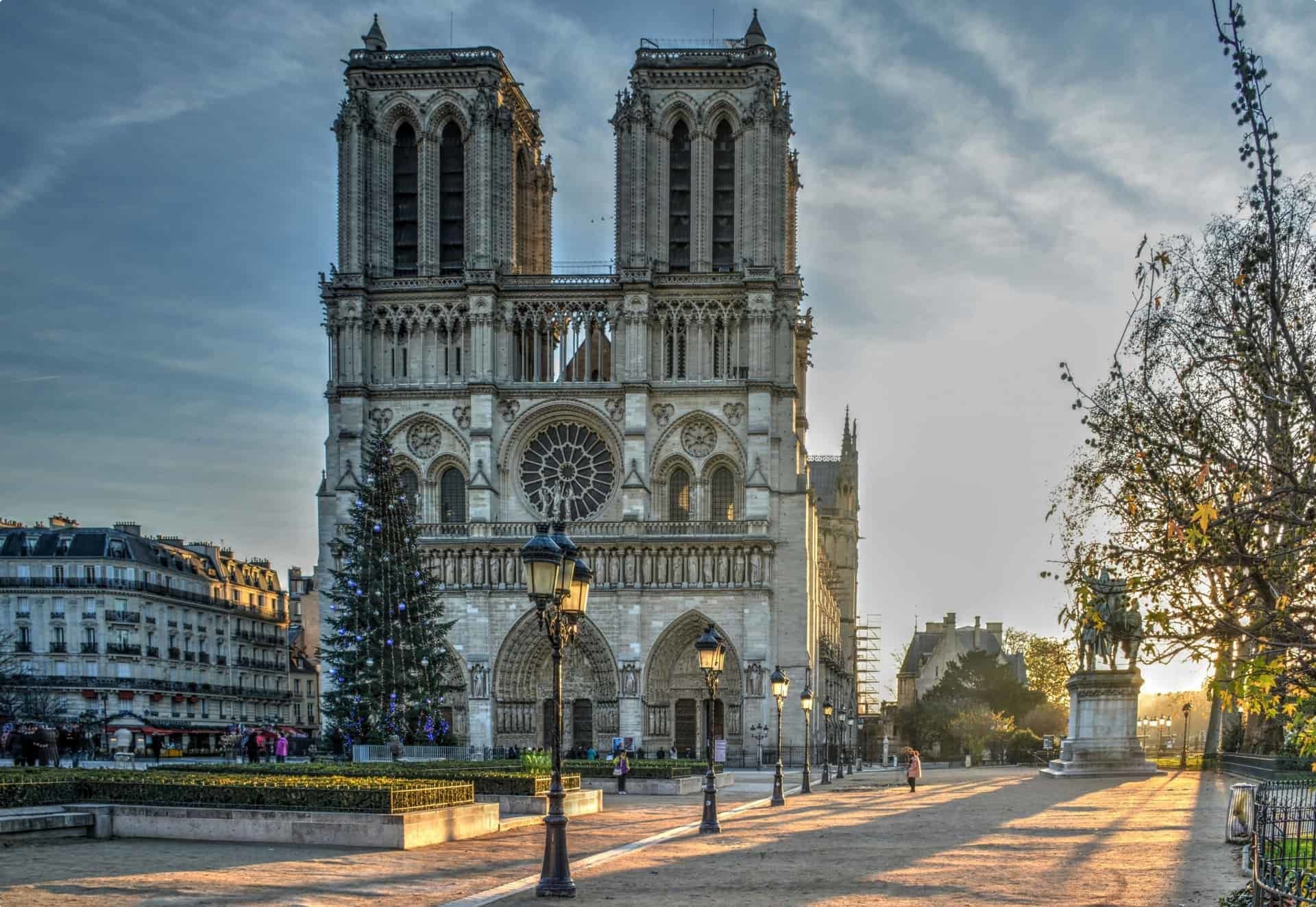
Eating Baguettes
The best baguettes can be found at the French boulangeries (bakeries). With batches pulled from the oven multiple times a day, you’ll always find fresh bread here. They’re usually sold in paper bags to be carried without having to touch the crust. This also allows for the heel of the loaf to be torn off as a snack on the way home from the bakery – a standard practice amongst French people.
At home, French people tend to cut the baguette in the air rather than using a chopping board, with pieces usually about 5cm. It’s even more common, however, to just tear off a portion as the loaf is being passed around the table.
It is served alongside savoury dishes, eaten as toast topped with butter or jam, used to make sandwiches (particularly with ham and butter), eaten as a snack accompanied by spread, or even stuffed with fresh food.
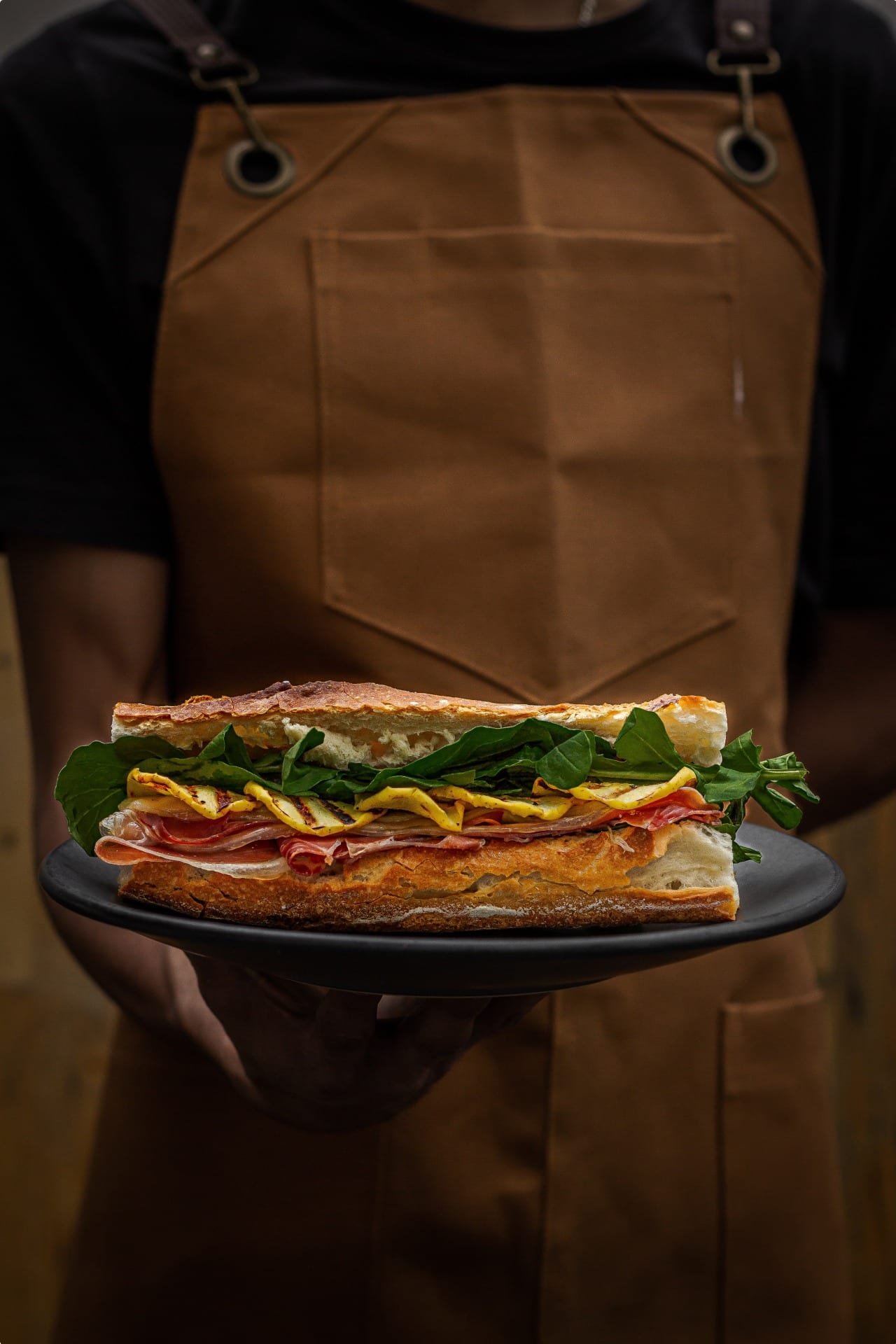
UNESCO Intangible Cultural Heritage Listing
In November 2022, UNESCO added the baguette to its “intangible cultural heritage” list, naming it something worthy of humanity’s preservation. UNESCO’s delineation of cultural heritage celebrates and protects “traditions or living expressions inherited from our ancestors and passed on to our descendants.”
The “artisanal know-how and culture of baguette bread” was added to the list of 600 other items. It joins other listings such as Spanish flamenco dancing, Slovakian bagpipe culture, Chinese shadow puppetry, winter bear festivals in Pyrenean villages, and the Mongolian coaxing ritual for camels. Other culinary listings include Jodan’s traditional dish of mutton and rice, Belgian beer culture, Neapolitan pizza, and Arabic coffee.
France submitted more than 200 endorsements for the baguette in its bid to be included on UNESCO’s list. These included letters from bakers and children’s drawings. In all, the process to collect all the necessary documentation took France’s cultural ministry six years.
The country’s drafted nomination highlighted the special status of the baguette, with its own unique social practices and consumption methods, such as daily bakery visits and the use of display tracks that fit the bread’s signature long shape. Aspiring bakers must also undergo extensive work-based training, including school courses and an apprenticeship in a bakery, to acquire the necessary knowledge of the ingredients, tools, and process.
According to Audrey Azoulay, UNESCO’s director-general, the baguette has been included on the list because it “celebrates the French way of life: the baguette is a daily ritual, a structuring element of the meal, synonymous with sharing and conviviality.” “It is important that these skills and social habits continue to exist in the future,” he said.
With the baguette’s new status, the French government has committed to help its citizens better connect with their heritage. To do so, it plans to create an artisanal baguette day called “Open Bakehouse Day”. This will “enhance the prestige of the artisanal know-how required for the production of baguettes” and support new scholarships and training programs for bakers.

The Baguette Under Threat
France’s bid to include the baguette on UNESCO’s intangible cultural heritage list was spurred largely by the bread’s controversial decline in recent years. Much of this is due to the mass closure of boulangeries in rural areas. About 400 have closed each year since 1970 – a drop from 55,000 to 35,000 today – as traditional mum-and-pop bakeries have struggled against the rise of supermarkets and chains taking root on the periphery of rural areas. Young people are also increasingly less attracted to the long hours of the traditional bakers. In some towns where bakeries have closed, vending machines have even popped up to replace them.
For many the disappearance of traditional bakeries has come to symbolise the decline of France’s rich village life. Bakeries used to play a central role in village life, especially important in celebrating major life events, including baptisms, communions, and weddings. This made customers loyal, shopping at the bakery every day. Now many go to their local bakery only on weekends. With this, villagers are losing contact with other inhabitants.
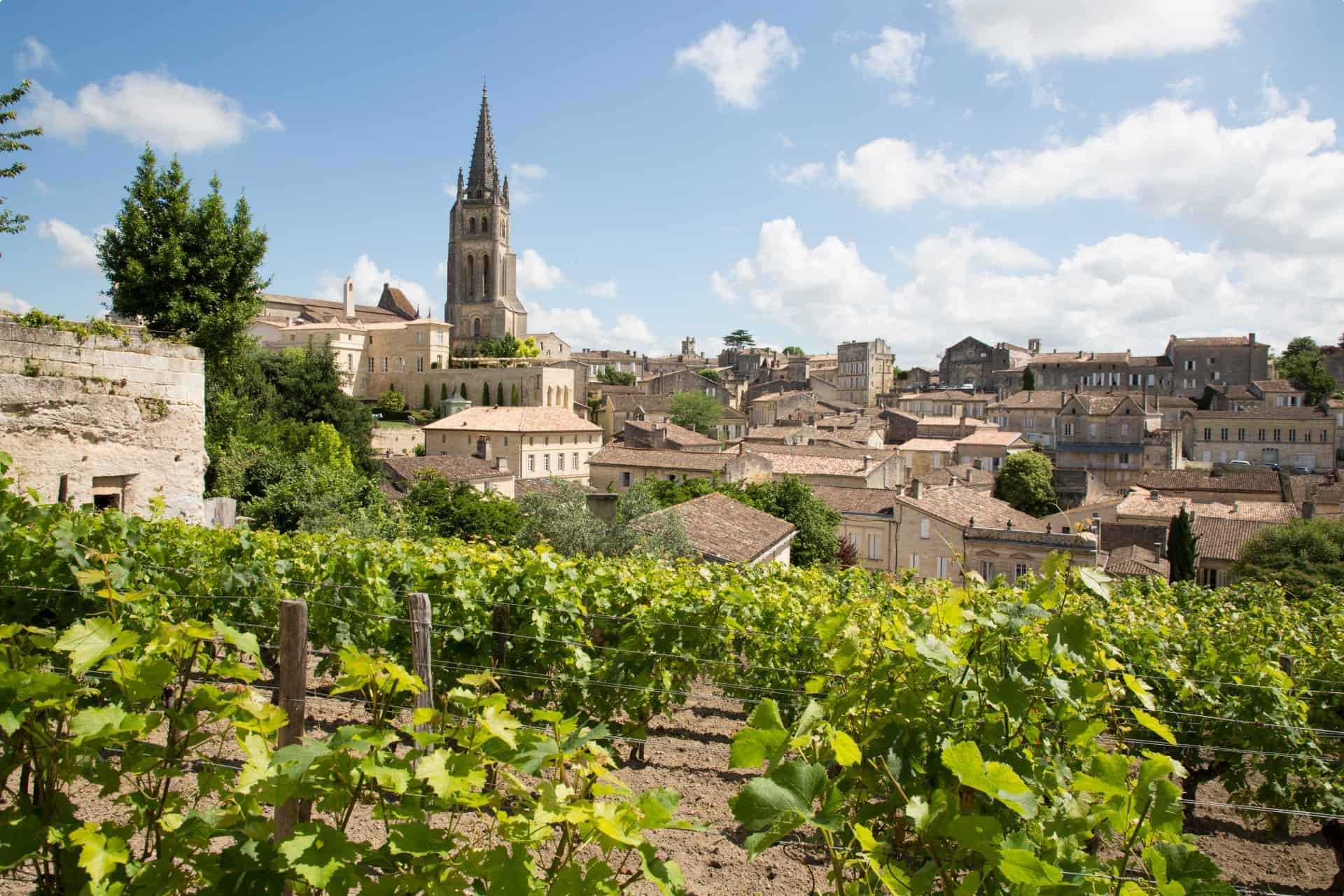
Despite this, the number of bakeries over all in France is actually increasing, especially in big cities. However, the baguette is still under threat in the cities in other ways. An economic crisis gripping Europe has pushed its price higher than ever. Wheat and flour prices continue to rise due to Russia’s war in Ukraine and bakers have been forced to put up the price.
To make matters worse, customers are not eating as much bread as in the past, and when they do sourdough is becoming increasingly popular. Since 2017, sales of hamburgers have also exceeded those of jambon-beurre – sandwiches made with ham on a buttered baguette.
Nevertheless, many bakers remain committed to saving the baguette. And as the Le Grand Prix de la Baguette competition reveals, more and more so it is immigrants or their heirs who are maintaining this sacred tradition. This year’s winner of the best baguette is the son of a Tunisian immigrant, as was last year’s winner. Three years ago, it was a baker of Senegalese origin, and two years before that another Tunisian won. This year nearly half of the runners-up had names that were distinctly un-French. Immigrants are increasingly disproportionately represented as they and their offspring are naturally more inclined to take up and work hard the tough jobs natives have rejected. With this new generation of committed bakers, it’s unlikely the baguette will disappear any time soon.
Tour of France
Odyssey offers various easy, convenient, and relaxed escorted small group tours across France and beyond. As a travel experience, beautifully historic and immaculately cosmopolitan, France is sure to make your jaw drop in whichever city you find yourself in. Several centuries of history will be all around you, evident in the blend of architectural styles, the iconic landmarks and the many monuments to some of France’s most important figures and historical moments. Encompassing beautiful scenery, quaint villages, great wines and plenty of hidden gems, a trip here is sure to be equal parts memorable and amazing
Our tours of France are ideal for solo travellers or couples seeking an intimate guided tour led by an expert tour manager and local guide. When it comes to our tours, we select our destinations with an eye to getting off the beaten path while also providing the opportunity to explore the major cities with small group tours to Paris, the inimitable and endlessly elegant capital, as well as to the port city of Bordeaux, the capital of France’s largest département, Gironde.
Our France tours also delve into Provincial France and the villages of Alsace; examine the history of classic French gardens with a visit to the magnificent Palace of Versailles; and explore the life of French Impressionist master Claude Monet through his most loved places in France including Le Havre, his hometown on the Normandy coast. On our Explore Paris tour we visit the Place de la Bastille, the Tuileries Gardens and the stunning Musee de l’Armee; while our Southwest France tour allows you to journey along the Canal du Midi sharing in travel experiences almost 250 years old.
If you are considering joining a France Odyssey tour, some of things to think about include what places you would like to visit, when you would like to go and the best way to travel around the country. Whatever sightseeing tour you choose for your French vacation, from a tour of the entire country to immersing yourself in one city, Odyssey Traveller makes sure you have time to learn about and appreciate France’s culture, history and people.
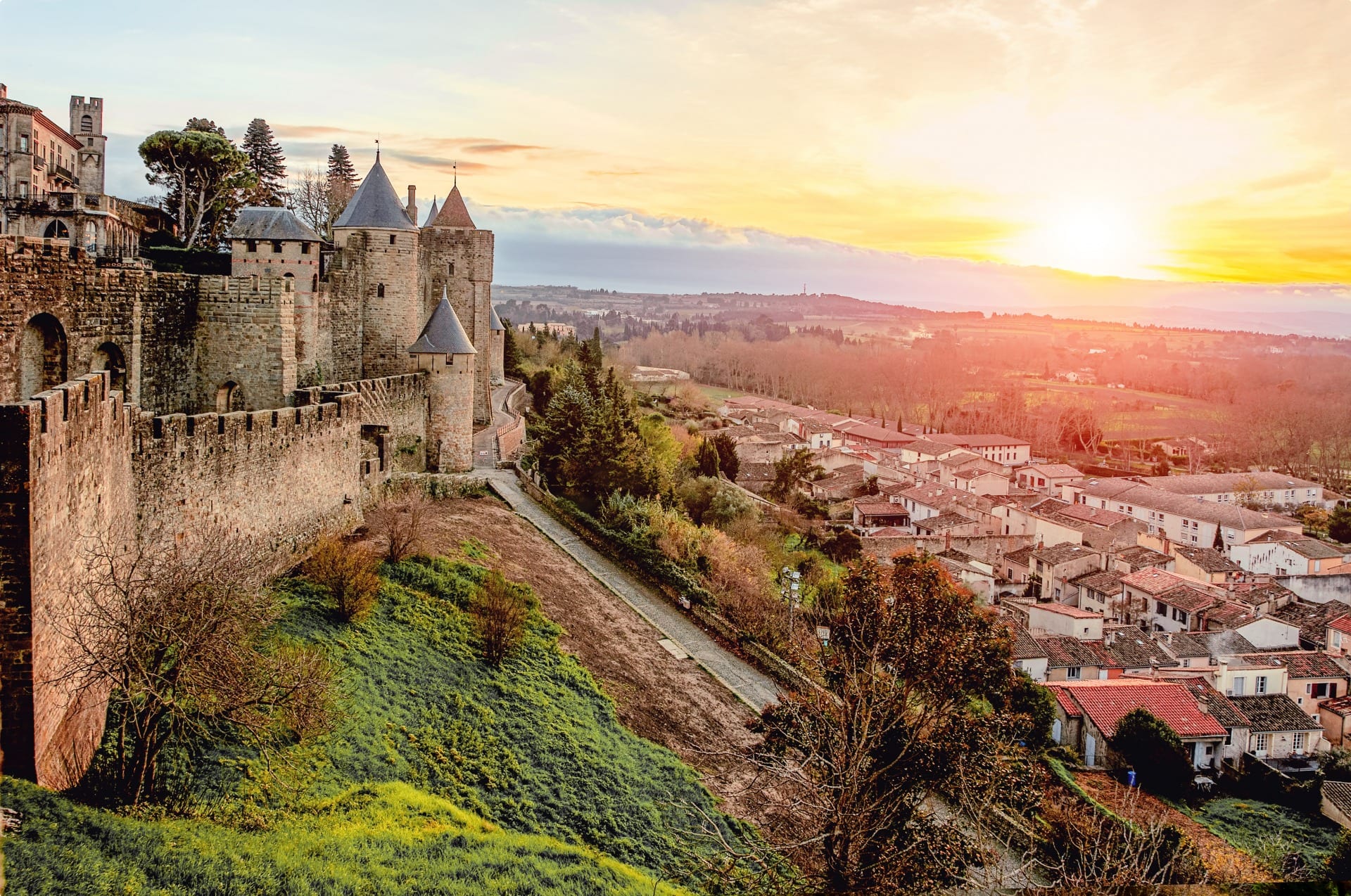
Articles about France published by Odyssey Traveller
- Exploring France by Rail
- Ten of the best travel books on France
- Ten things to do in France when you visit
- Designing Paris
- Paris: leaders and landmarks
- Guillamot prevents the collapse of Paris
- The elegant arcades of Paris.
- Questions about France
- Studying Gargoyles and grotesques
- Around the world in six coffees
- Ten of the best French cookery books.
- Ten of the Best art galleries in Europe to visit
- A guide on France for mature travellers
- Loire Valley History
External articles to assist you plan your visit to France
Related Tours

21 days
Jun, Sep, JulFrance on Foot | Small Group Walking Tours France
Visiting France
Our France on Foot small group walking is designed for the active walker and extends from the scenic island of Noirmoutier on the Atlantic Coast via the Massif Central on the borders of Limousin and the Auvergne to the snow-tipped peaks of the Alps in Savoy.
From A$19,345 AUD
View Tour
21 days
May, OctHistory of France by Rail | Escorted Small Group Tour for Seniors
Visiting France
French History by Rail small group tour is based on Ina Caro’s book of the same name. Participants live in central Paris, using apartments as a base, living as the locals do, whilst meeting each day as a small group to journey by rail and TGV to the beautiful medieval centres of France.
From A$17,595 AUD
View Tour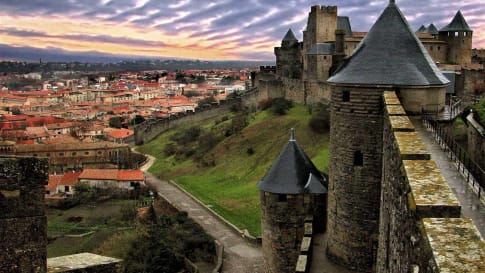
11 days
SepLa Belle France Small Group Short Tour
Visiting France
On this small group tour of France, we visit several culturally significant and picturesque regions of France, including Provence, Champagne, Burgundy. We learn about each region's history from expert local guides with a chance to experience the local culture, and taste the regional cuisine.
From A$11,875 AUD
View Tour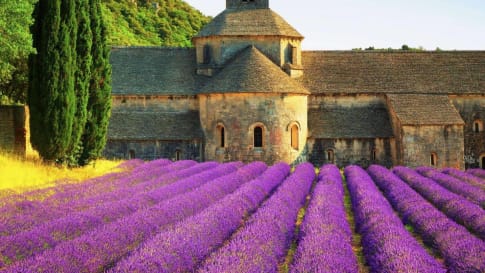
23 days
Sep, MayProvincial France | Small Group Tour for Seniors
Visiting France, Switzerland
This small group program explores the remote mountain plateaux, perched villages and dramatic gorges as well as the Mediterranean coastline.Travel with like-minded people on this tour especially designed for the mature traveller. The villages of Alsace provide an introduction to the diversity which is France. In Burgundy we explore the local villages. Then onto the Jura Mountains, a region rarely visited by tourists. Finally, Provence and the Côte d’Azur, regions of inspiration for artists such as Van Gogh, Cézanne and Picasso.
From A$17,215 AUD
View Tour
24 days
Apr, SepRural France | Small Group Tour for Seniors
Visiting France
On this small group Rural France tour, we spend 24 days exploring France beyond its bustling cities, travelling off the beaten track. We will explore the pastoral and provincial splendour of French rural towns which have resisted the dual siege of the automobile and the property developer. Our small group will visit many of France’s beautiful towns where within their walls the villagers conduct their daily lives much as they have done since Napoleonic times.
From A$19,895 AUD
View Tour
25 days
Sep, May, Apr, OctSecret France | Small group tours France | Places of cultural interest for seniors
Visiting France
Our small group tour designed with the mature traveller in mind, gives you the chance to see eight different locations over 25 days while experiencing local culture, trying regional cuisine, exploring breathtaking architecture and admiring beautiful scenery. From Zurich the tour will move south towards Sare before returning north to Paris where the tour finishes, for a significant part of our journey we will be following old pilgrim pathways, taking the group deep into the villages, valleys, shrines and ski resorts.
From A$17,995 AUD
View Tour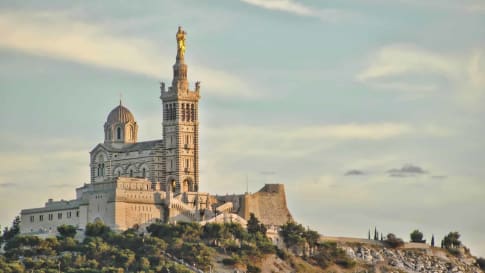
22 days
Mar, Oct, Apr, SepParis-Bordeaux-Provence By Train
Visiting France
For Odyssey Traveller this is one of our unique small group journeys in France, travelling by train from Paris to Bordeaux to Provence and back. Local guides support the tour leader with knowledge about destinations visited over the course of 20 days. There is a single supplement for solo travellers charged.
From A$14,750 AUD
View Tour
18 days
Oct, AprSouthwest France: Along the Canal du Midi
Visiting France
This small group travel tour is off the beaten track taken by many, exploring and learning from local guides about one of the key world heritages sites, Canal du midi. This escorted tour is for mature couples and solo travellers with a passion for France.
From A$16,500 AUD
View Tour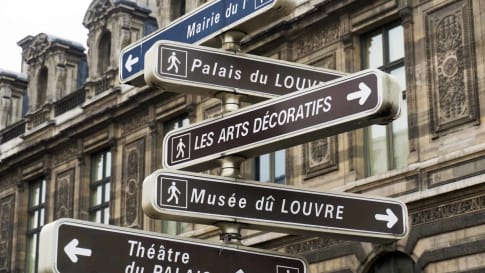
21 days
Mar, SepExplore Paris | 21-day Small Group Tour Exploring Parisian Life
Visiting France
On this small group tour of Paris, travellers take the time to join local guides to learn about the destinations within this city. Authentic experiences with like minded people and an Odyssey tour leader. Staying in apartments this European tour immerses itself in Paris' history, art, and culture in the city of light.
From A$15,325 AUD
View TourRelated Articles

Arrondissements of Paris, France
Know about Paris with this article giving the solo traveller or couple confidence when exploring the city on foot or on the metro. A small group tour of Paris mature and senior travellers explore off the beaten track, great galleries such as Marmottan, Musee Maillol.
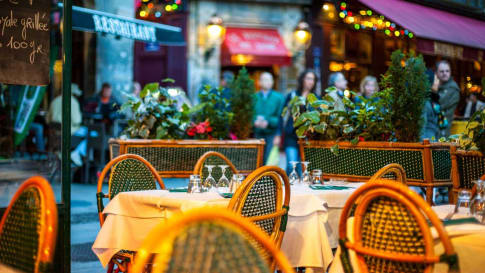
Cooking & eating French food: 10 of the best books for travellers
Discovering French food France’s distinctive culinary tradition is among the most respected in the world. No trip to France will remain untouched by the wonders of French gastronomy. Whether you are tucked into a quiet…

Designing Paris: The Definitive Guide for Travellers
Redesigning Paris The Paris that many of us know and love did not always look as it does now. When Napoleon III instructed Hausmann to tear down the urban centre to make way for the…
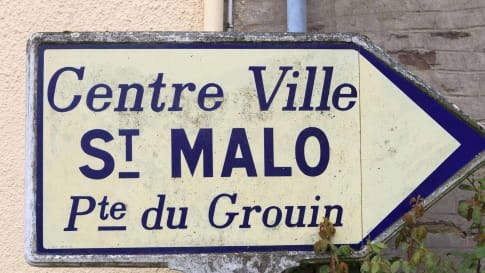
Exploring France's Saint-Malo
Article about a personal view on St Malo for mature and senior couple and solo travellers exploring Mont st Michel France and Europe. Interest in history, landscapes and cities as well as places with great art such as Rodin and the impressionists such as Monet.

Exploring Paris and France by rail, tips for learning about history
French history by rail for mature and senior travellers, couples or solo travellers is a long stay apartment based small group tour based in Paris. We use the rail network to learn about the history of Medieval to Contemporary France. One of 20+ Vacation packages offered in France.

France Guide for Mature or Senior travellers
France Guide for Mature or Senior Travellers There are good reasons why France has been the world’s most popular tourist destination for over twenty years. This France guide should give […]

Getting around Paris by Métro and Rail: A guide for seniors
Ride the metro and RER of Paris when on a small group tour for mature and senior travellers in Europe and visiting Paris, wth your partner or as a solo traveller, visit Marmottan, Musee Maillol or wander through the arcades.

Loire Valley France
The Loire Valley in France is renowned for its picturesque natural beauty, and the region also combines all the ingredients of what the French consider to be the good life. The Valley is the home of gorgeous architecture, historic monuments, and fabulous French cuisine and wine from the Loire Valley vineyards.

Monet's Water Lillies: The Definitive Guide for Travellers
Claude Monet’s Water Lilies are among the most beloved and amazing artworks of the 20th century. Displayed in Paris’s Orangerie in a set of rooms devoted entirely to the paintings, they are Monet’s gift to…

Questions About France for Senior travellers
Escorted small group tours for mature and senior travellers to France. Designed for couples and solo travellers who like to explore and enjoy learning as they travel to Paris, Provence, the South or the Loire Valley and beyond.
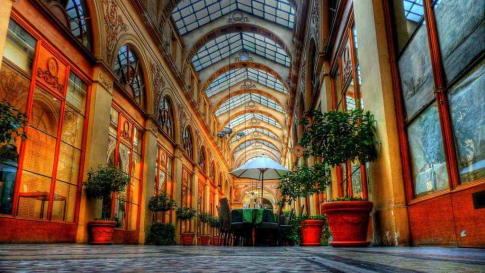
The Elegant Arcades of Paris
The Elegant Arcades of Paris Part of the pleasure of getting to know the real Paris lies in getting off the main tourist trail and discovering its many hidden pockets and secrets. Its gorgeous arcades…

Tours of France. Guided tours of France for mature travellers
The Best Guided Tours of France Odyssey Traveller Australia’s all inclusive French vacation packages provide unique experiences for senior travellers. Our La Belle France small group escorted history tours for […]

